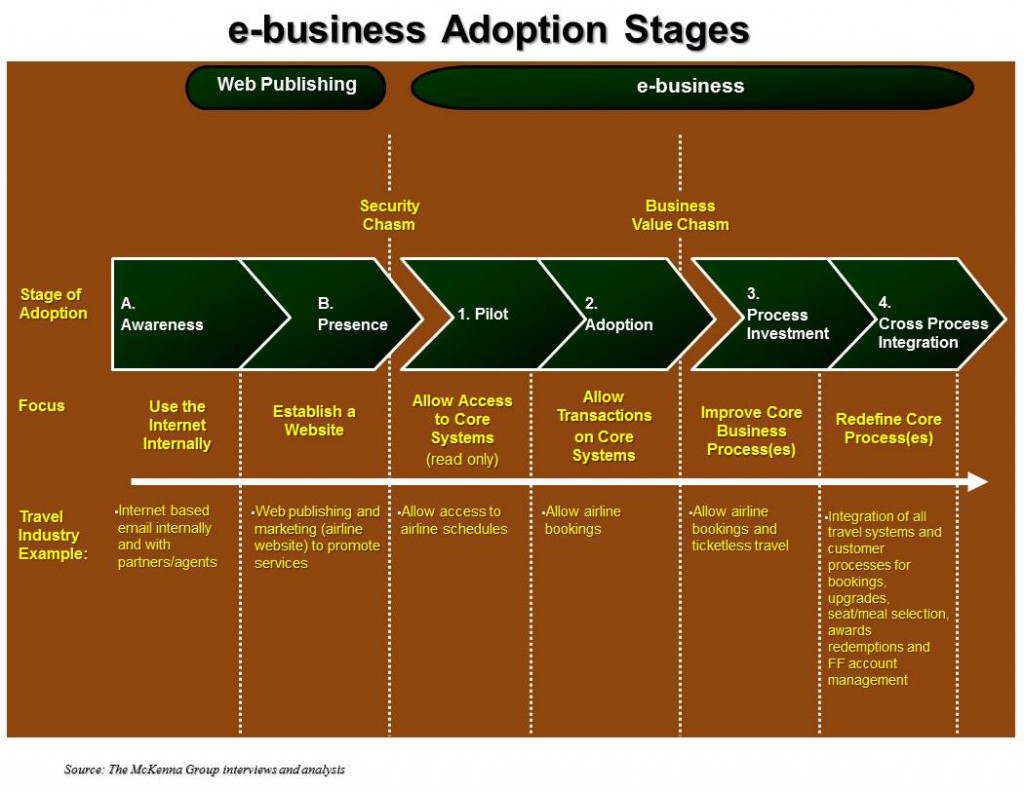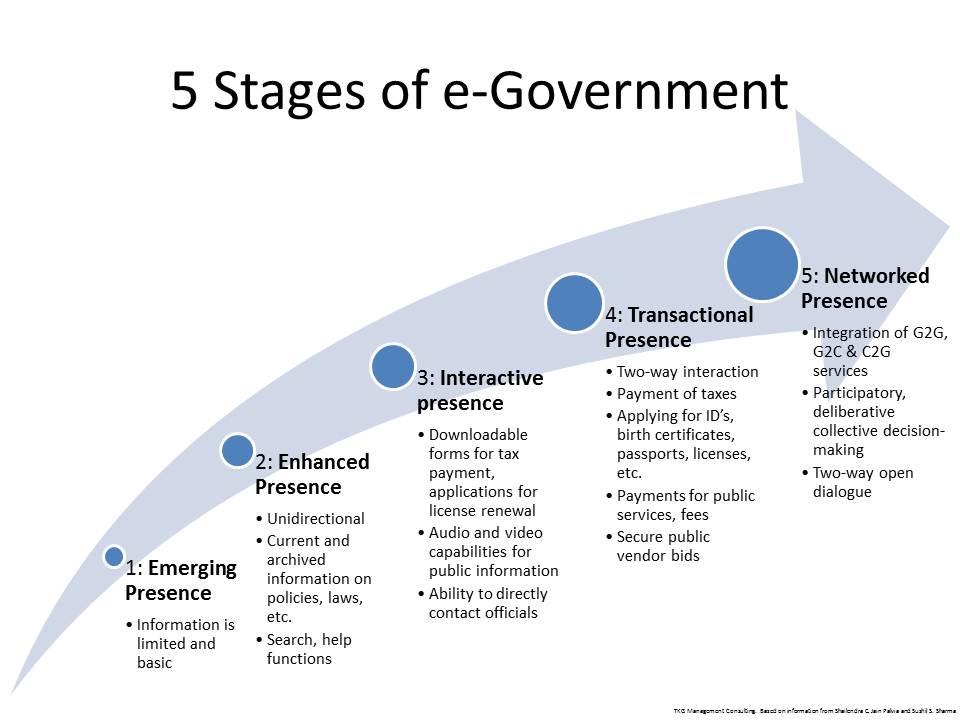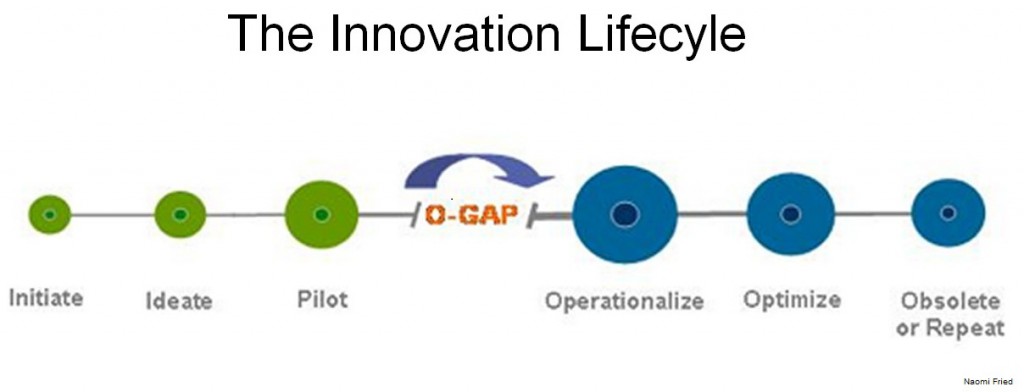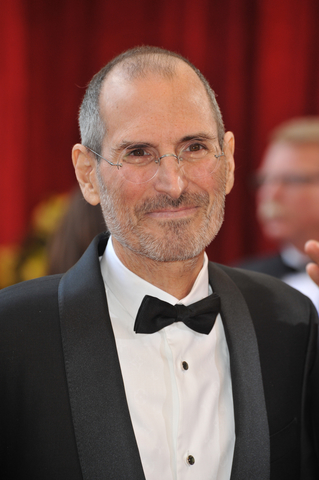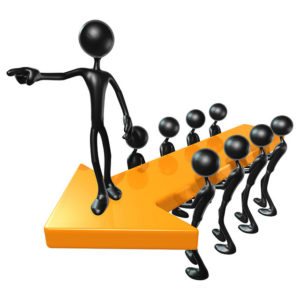 “Wise is the man who realizes early in life that what he can do by himself is relatively small. A man’s success is determined, in large measure, by what he is able to get other people to do.”
“Wise is the man who realizes early in life that what he can do by himself is relatively small. A man’s success is determined, in large measure, by what he is able to get other people to do.”
- Lee S. Bickmore, Chairman of the Board, Nabisco
Leadership. It’s an essential component of success.
Yet in this day and age when everyone calls him/her-self a leader or a visionary, few have actually mastered the art of leadership.
Firstly, it’s important to distinguish “management” from “leadership.” John P. Kotter, Emeritus Professor of organizational behavior at the Harvard Business School, gives us these definitions:
- Management: Control mechanisms to compare system behavior with the plan and take action when a deviation is detected.
- Leadership: Achieving grand visions. Motivation and inspiration to energize people, not by pushing them in the right direction as control mechanisms do, but by satisfying basic human needs for achievement, a sense of belonging, recognition, self-esteem, a feeling of control over one’s life, and the ability to live up to one’s ideals. Such feelings touch us deeply and elicit a powerful response.
Leadership is about more than just having technical proficiency in various quantitative analytical methodologies and paradigms (the “hard” stuff). Those are important and necessary. But leadership is also about motivating and guiding people, and therefore involves relational, emotional and organizational dynamics (the “soft” stuff). And, in the final analysis, the soft stuff is always the hard (i.e. most difficult) stuff.
“You have to be a well-rounded leader… You have to be incredibly tough-minded about standards of performance, but you also have to be incredibly tenderhearted with the people you’re working with. They have to feel like you have their back. If they feel like a victim of your leadership, they’ll go elsewhere. The second principle is that the soft stuff is the hard stuff. Most people that derail as leaders in the corporate world, it’s not because they couldn’t do the math and calculate return on investment properly. The issues are communication and understanding. All of what typically would’ve been called the ‘soft stuff.’ You have to be authentic. You have to be dialed into the soft stuff. Your EQ [Emotional Quotient] has to keep up with your IQ.”
- Bloomberg BusinessWeek interview of Douglas Conant, former chief executive of Campbell Soup (CPB). When he became CEO of CPB, it was in trouble. Over the next decade, Conant reinvigorated both the corporate culture and the company’s iconic soups. Now Conant is author of Touchpoints: Creating Powerful Leadership Connections in the Smallest of Moments and is head of the new Kellogg Executive Leadership Institute at Northwestern University’s management school.
“The soft stuff is always harder than the hard stuff.”
- Roger Enrico, Vice Chairman, Pepsico
“When dealing with people, remember you are not dealing with creatures of logic, but creatures of emotion.”
- Dale Carnegie
“Sometimes in business people talk about being nice to people as a soft thing… and that you should not spend too much time doing this because you need to get on with the hard stuff of making more money, being more productive, getting the costs down, enforcing the rules, keeping the labor in line, keeping the place cleaned up, and all of that other so-called hard stuff in our business. Taking the time to be available for your team members might be classified as soft stuff, and it is kind of hard to measure what impact it has on the business anyway:
- Making your team members feel special,
- Treating them as individuals,
- Showing complete and unconditional respect to them,
- Spending time developing them and educating them…
“You could talk yourself into thinking that you don’t have time to do that soft stuff with all of the hard stuff you are faced with every day. The fact of the matter is that if you don’t do the so-called soft stuff exceptionally well, you will never achieve the potential payout in the hard-stuff category. At the end of the day I have learned—and it did take me a while to learn this—THE SOFT STUFF IS REALLY THE HARD STUFF.
“If we all spent more time figuring out how to do the so-called soft stuff really well: We would not have much hard stuff to do… because when you do the soft stuff well, your team will take care of the hard stuff… because they know exactly how to do it, and they will do it if they want to do it… and they will want to do it if you do the SOFT stuff well.”
- Lee Cockerell, former Executive Vice President of Operations for the Walt Disney World® Resort. “As the Senior Operating Executive for ten years Lee led a team of 40,000 Cast Members and was responsible for the operations of 20 resort hotels, 4 theme parks, 2 water parks, a shopping & entertainment village and the ESPN sports and recreation complex in addition to the ancillary operations which supported the number one vacation destination in the world. One of Lee’s major and lasting legacies was the creation of Disney Great Leader Strategies which was used to train and develop the 7,000 leaders at Walt Disney World. Lee has held various executive positions in the hospitality and entertainment business with Hilton Hotels for 8 years and the Marriott Corporation for 17 years before joining Disney in 1990 to open the Disneyland Paris project. Lee has served as Chairman of the Board of Heart of Florida United Way, the Board of Trustees for The Culinary Institute of America (CIA), the board of the Production and Operations Management Society and the board of Reptilia, a Canadian attractions and entertainment company.
“Here’s a secret that gives competitive edge to any leader who understands it: ‘The really hard stuff is the soft stuff…it’s building a culture around the feelings of your customers and your employees.’
“I heard that for the first time a few years ago listening to Tom Asacker speak about building a brand. For me, it was one of these “aha” moments that helped put into focus the power of emotions when it comes to our behavior. I heard another memorable quote along those lines not long ago: “You may not remember what someone says or does, but you’ll never forget about how they made you feel.”
- Mac Anderson, Founder and CEO of McCord Travel, the largest travel company in the Midwest. Part owner/VP of sales and marketing for Orval Kent Food Company, the country’s largest manufacturer of prepared salads. Founder of Simple Truths and Successories, Inc., the leader in designing and marketing products for motivation and recognition.
“In my 35-year corporate journey and my 60-year life journey, I have consistently found that the thorniest problems I face each day are soft stuff — problems of intention, understanding, communication, and interpersonal effectiveness — not hard stuff such as return on investment and other quantitative challenges. Inevitably, I have found myself needing to step back from the problem, listen more carefully, and frame the conflict more thoughtfully, while still finding a way to advance the corporate agenda empathetically. Most of the time, interestingly, this has led to a more promising path forward and a better relationship, which in turn has made the next conflict easier to deal with.”
- Douglas R. Conant, coauthor of TouchPoints: Creating Powerful Leadership Connections in the Smallest of Moments, in his introduction to an excerpt from The 3rd Alternative: Solving Life’s Most Difficult Problems, by Stephen R. Covey.
In your journey to becoming an excellent leader, take the time to master the soft stuff. Proficiency in those skills will yield meaningful results.
[Image © LuxMaxArt;
used with permission: CC BY-SA 2.0]
